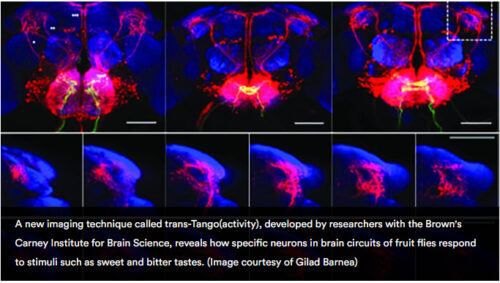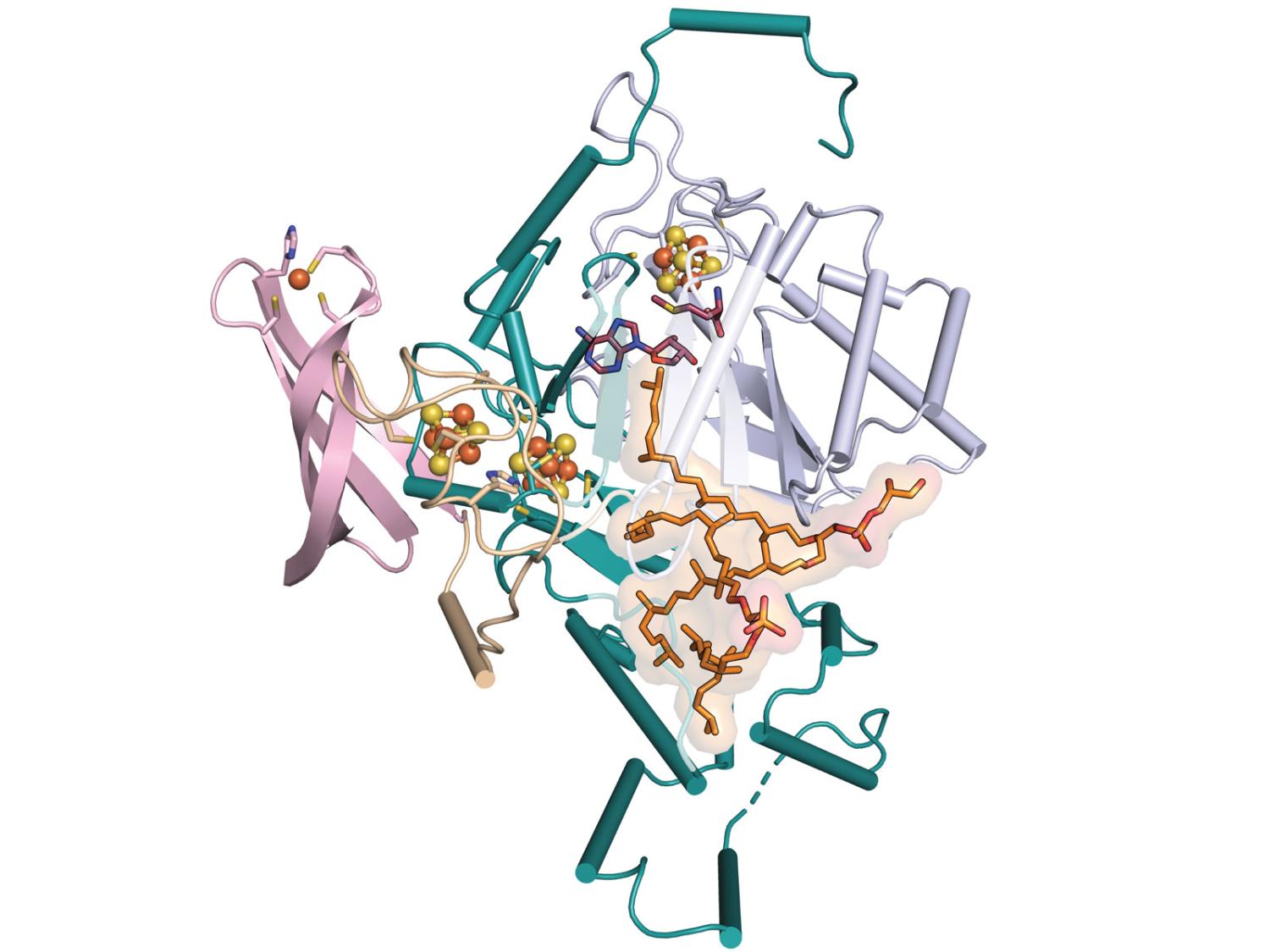ブラウン大学の研究者が開発した脳イメージング技術は、脳のプロセスに関する知識を深め、行動に関する新たな疑問を投げかけるためにどのように適応されるかを示す一例。 The study is an example of how brain imaging technology — in this case developed by researchers at Brown University — can be adapted to advance knowledge of brain processes and prompt new questions about behavior.
2022-08-22 ブラウン大学

ハエの味覚に対する反応を支配する脳のプロセスをより詳しく知るために、”trans-Tango(activity) “という新しいイメージング技術を開発した。これは、研究室が発明した、脳の神経回路を追跡するための汎用性の高い技術であるtrans-Tangoを応用したものである。
甘味と苦味に対する反応があまりにも異なるため、これらの反応を仲介する回路に沿った神経活動もまったく異なるものになるだろうと、研究者たちは予想していたという。しかし、trans-Tango(activity) により、これらの回路の2次ニューロンでは、2つの味に反応してすでに神経活動が重なり合っていることが明らかになった。
<関連情報>
- https://www.brown.edu/news/2022-08-22/trans-tango-activity
- https://www.cell.com/current-biology/pdf/S0960-9822(22)01197-6.pdf
ショウジョウバエの2次味覚ニューロンによる味覚の複雑な表現 Complex representation of taste quality by second-order gustatory neurons in Drosophila
Nathaniel J. Snell ,John D. Fisher,Griffin G. Hartmann ,Bence Zolyomi ,Mustafa Talay ,Gilad Barnea
Current Biology Published:August 15, 2022
DOI:https://doi.org/10.1016/j.cub.2022.07.048
Highlights
•A strategy for calcium imaging of transsynaptically labeled neurons in a circuit
•Spatial overlap between sweet and bitter responses in second-order gustatory neurons
•Responses to bitter onset and offset in both first- and second-order neurons
•Bitter offset and sweet onset activate overlapping second-order projection neurons
Summary
Sweet and bitter compounds excite different sensory cells and drive opposing behaviors. However, it remains unclear how sweet and bitter tastes are represented by the neural circuits linking sensation to behavior. To investigate this question in Drosophila, we devised trans-Tango(activity), a strategy for calcium imaging of second-order gustatory projection neurons based on trans-Tango, a genetic transsynaptic tracing technique. We found spatial overlap between the projection neuron populations activated by sweet and bitter tastants. The spatial representation of bitter tastants in the projection neurons was consistent, while that of sweet tastants was heterogeneous. Furthermore, we discovered that bitter tastants evoke responses in the gustatory receptor neurons and projection neurons upon both stimulus onset and offset and that bitter offset and sweet onset excite overlapping second-order projections. These findings demonstrate an unexpected complexity in the representation of sweet and bitter tastants by second-order neurons of the gustatory circuit.


